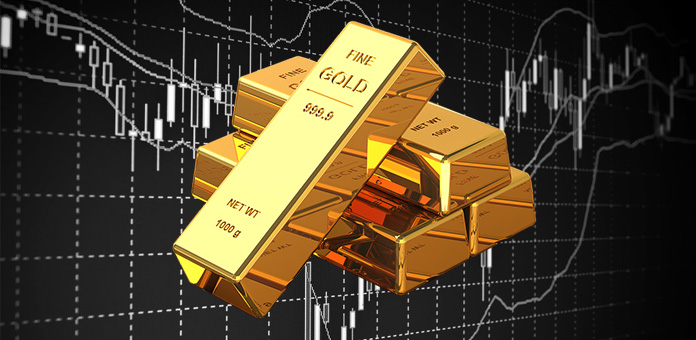
At the same time that the world’s best athletes have been chasing gold in the Rio Olympics, investors have been flocking to gold as well. The past five months have been a bonfire. Gold has risen by $200 per ounce since the start of 2016 and a combination of central banking currency decisions and drastic political changes have only led to further interest in precious metals. Gold has become particularly precious in London, epicenter of a flagging currency, as investors flock to a safeguard against inflation.
Rate Hikes and Cuts
You may recall a great deal of gold speculation taking place during the winter when the Federal Reserve opted to hike interest rates for the first time in nearly a full decade. After pronouncing that the economic recover had hit the point where the dollar no longer needed buffing, the Fed made the move to depreciate the dollar, the first of a series of international moves that brought precious relief to gold.
While the Bank of England isn’t quite as large and important as the Fed, their own interest rate policies affect gold’s market price due to their influence over the fifth-largest economy in the world. During the first week in August, the Bank of England decided that their own recovery hadn’t quite hit full stride and opted to cut interest rates to an ultra-low 0.25%. 1 The move, in part due to the disastrous influence of Brexit on the UK economy, pushed more investors away from currencies and into metals. The Royal Mint recorded a 25% increase in traffic on their bullion website, and a 50% increase in the trade of bars and coins compared to the previous week. 2
Bonds and Negative Interest Rates
Concerns about currency have spilled over from the banks to the bond market. The United States’ bonds, for instance, are trading at near-historic lows; the 10-year bond yields hover at about one and a half percent while 30-year bonds are just 2.2%. Rumors that the value of government bonds could drop further have led to speculation that a grim bond market to mimic Japan’s.
There’s reason to be concerned: Japanese bonds have been pushed into negative interest rates —essentially suggesting that Japan’s debt today is more valuable than it will be in the future, a grim suggestion of their economy’s performance down the line. Given the ten-year growth rate of gold, by comparison, bonds appear to be all but a joke; despite suffering through one of the largest crashes in history, the price of gold today is three times higher than its value ten years ago.
Stocks and Safe Havens
The stock market’s relative strength (the Dow Jones is up 250 points since February) may make some investors consider choosing stocks over gold. Yet many analysts are offering reasons why gold remains a more popular buy. The lingering memories of the market’s poor performance in January, suggests Hargreaves Landown, and increased volatility have made many investors look for safe havens. The World Gold Council agrees, noting that the first half of 2016 had the second-highest demand for gold on record. 3 What’s more, the buyers aren’t increasingly coming from emerging markets like China and India, who have provided most of the new demand in recent years, but rather from developed economies.
Additional Sources
2 – http://www.bbc.com/news/business-37059941
3 – http://www.gold.org/supply-and-demand/gold-demand-trends


